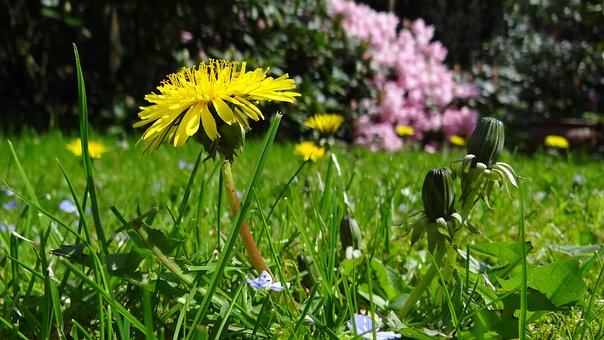[wpedon id=”208″]
Editor’s note: I encourage my girl to blow around the “dandelion puffs”, telling her she’s spreading food and healing. ♥
Uses of Dandelion Root and Leaves
Perhaps we wouldn’t be so quick to remove this “backyard weed” if we were more familiar with the myriad of uses it has. The entire dandelion plant can be used and if you have a safe (non-sprayed) source in your yard or community, you can consider harvesting it yourself.
Here are some of the ways to use dandelion:
Coffee Substitute
Dandelion root is tougher and more hardy than the leaf and is often used in decoctions and tinctures for this reason. The powder is often added in coffee substitutes (my favorite is Dandy Blend). The root is considered a natural diuretic and is sometimes used for this purpose.
Poultices
Dandelion root and leaf are often listed as the ingredients of teas and poultices for abscesses and sores, especially on the breast and in female health remedies as they can help support lactation and remedy urinary issues.
According to Mountain Rose Herbs:
Chopped dandelion root can be combined with myrrh to make a poultice for boils and abscesses, with honeysuckle flowers to make a tea to be drunk to treat boils and abscesses, with skullcap and/or chrysanthemum flowers to make a tea to be drunk to treat sore eyes, or with heal-all to treat hard phlegm in bronchitis. Can also be administered in capsule or extract form for convenience.
Dandelion Tea
The flower can be used to make tea and even to make some types of wine. The leaves and root can also be used in teas, though they have a stronger taste and are often combined with other synergistic herbs for flavor and increased nutrient absorption.
Salads and Greens
The leaves can be consumed fresh on a salad or in recipes as well as substituted for greens like kale and collards in recipes or cooking. The antioxidant rich leaves are the most diuretic part of the plant so while they can be consumed regularly, it is important to maintain hydration too.
Read article in its entirety here.

